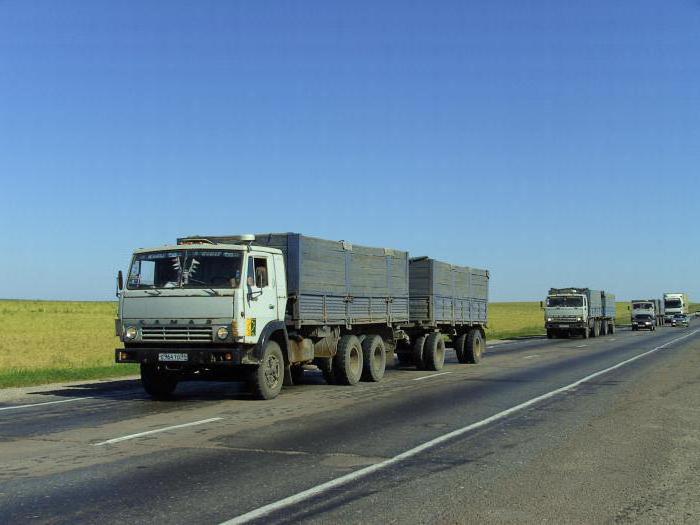With the help of fines for congestion, the state is trying to deal with violators of the law, which clearly defines the maximum mass of the car on public roads. It is worth noting that this practice of paying fines demonstrates effectiveness and really strengthens the discipline of truck owners. However, not all participants in the freight transportation market comply with the standards established in the SDA, and truck overload on Russian roads is a fairly common phenomenon.
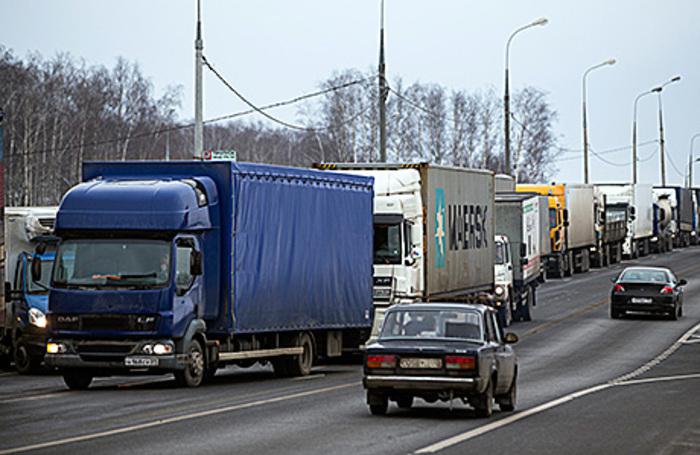
Why even introduce a penalty for truck overload?
Legislative requirements are not just a whim of the government, but a really important condition that allows you to keep regional and federal highways in good condition. Thanks to him, the number of overloaded wagons on the roads decreases, which in turn leads to the preservation of the coverage of the route. In addition, this leads to a decrease in the number of accidents that often occur with the participation of overloaded trucks.
It is worth noting that in 2017 new fines for overloading a car were introduced.
A few words about the Plato system
At the very beginning, we will specify one important detail. Over the past few months, truck drivers have been excited about the introduction of the new Platon system, according to which a driver will pay a kilometer-by-one payment for traveling by car with a weight of more than 12 tons. At the same time, many of them came up with an excuse for themselves, saying that if they already pay using the Platon system, then they may not pay fines for overloading.
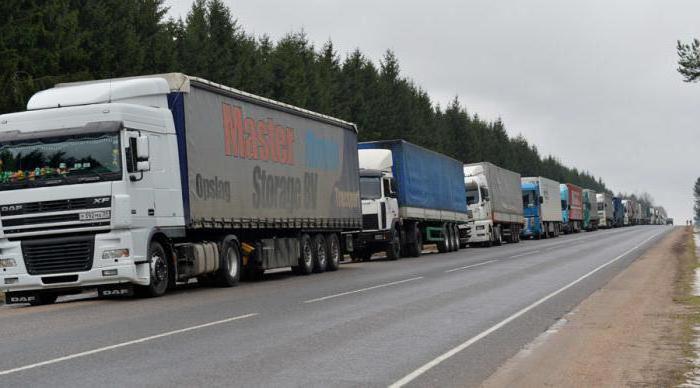
But in fact, the Plato system has nothing to do with overload at all. That is, payment for "Plato" is not associated with a violation of traffic rules, and therefore the responsibility for exceeding the permitted mass of the vehicle does not go away. So, the penalty for overloading the car will need to be paid in any case.
Criteria
Each driver evaluates the capabilities of his vehicle in different ways. One loads the car to the limit, without violating the rules of the SDA. Another driver exceeds it by more than 2 times. In order to understand whether there is an overload, a special system of criteria has been developed. After analyzing them, you can accurately establish the fact of overload.
For vehicles, the following permissible masses apply (in accordance with Decree No. 272 of 04/15/11):
- 2-axle - 18 tons;
- 3-axle - 25 tons;
- 4-axle - 32 tons;
- 5-axles - 35 tons.
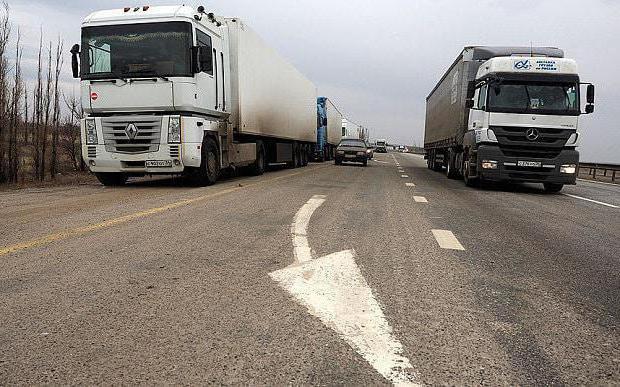
As for trailed or saddle road trains, other standards are provided for them:
- 3-axle - 28 tons;
- 4-axle - 36 tons;
- 5-axles - 40 tons;
- 6-axle - 44 tons.
If there is an excess of these standards, the traffic police inspector can draw up a protocol on an administrative offense and charge a fine for reloading a truck. Overloading the transport according to the actual mass is not the only criterion, although it is it that is decisive.
Axle overload
If the large weight of the load is distributed evenly over the entire trailer area, then the axle loads will also be uniform. As a result, the road surface will not be subjected to heavy loads when driving vehicles. However, the same load, even with the permissible normative weight, can be folded in the trailer in one place, and then the load on one axle will be large. This will inevitably lead to the road surface deteriorating. At the same time, the risk of destruction of the suspension also increases, which can lead to an emergency. Therefore, there is another criterion for determining overload - the load on the wheel axles.
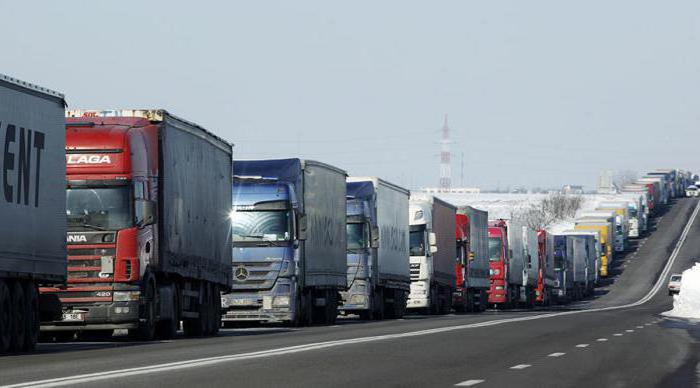
The axial load is calculated for a particular brand of car.It depends on many parameters, including the machine’s own weight, number of axles, type of wheels. In this case, the center distance is also taken into account. These calculations are automated, and the Internet is full of special calculators that allow you to calculate axial loads for specific cars.
Vehicles are divided into categories "A" and "B", depending on axial loads:
- The first group includes large trucks. Their axle load in the region of 6-10 tons. We are talking about tractors "KrAZ" or "MAZ" - they can only move along roads with speed limits (I, II, III categories).
- Group B includes less heavy vehicles, the axle load of which is not more than 6 tons. These are minibuses, small trucks and small cars.
Is there a penalty for overloading a car?
Given the information above, we can say for sure that not only the owners of large trucks can get a fine. If the axle load is exceeded, drivers may receive a fine for overloading the Gazelle or a conventional passenger car. In this case, there is no struggle for the integrity of the road surface, because even an overloaded passenger car will not be able to cause damage to the coating. But the fact is that cars with a large load just create emergency situations on the roads.
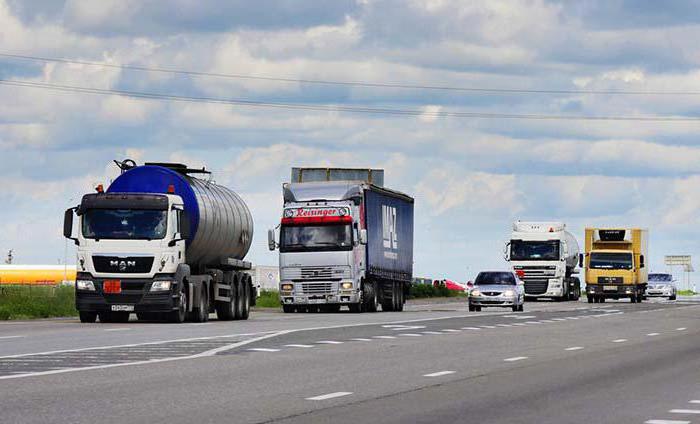
Owners of minibuses and small cars often feel comfortable due to the lack of punishment for congestion, because there is no suitable article in the Code of Administrative Offenses for general overload. However, they forget that the fine may also apply to them for exceeding the axle load. In addition, cars designed for the carriage of passengers are controlled by traffic police inspectors regarding the number of people transported. The number of seats should not be less than the number of passengers in the cabin - this is strictly monitored.
Fine
Note that what will be the penalty for overloading a car is determined by several factors. Below we indicate the fines relevant to mid-2017, which are determined by the legislation of the Russian Federation. They depend on whether the driver has received permission to move goods transport along a certain highway.
If permission is available, the fines for overloading the vehicle will be as follows:
- Overload 2-10%. The driver will be punished by 1-1.5 thousand rubles, the owner of the vehicle - by 150 thousand rubles. Penalties for officials and legal entities are 10-15 and 100-150 thousand rubles, respectively.
- Overload 10-20%. The fine for the driver is 3-3.5 thousand rubles; for the owner of transport - 250 thousand rubles; for an official - 20-25 thousand rubles; for a legal entity - 200-250 thousand rubles.
- Overload 20-50%. The fine for the driver is 4-5 thousand rubles. (deprivation of rights for a period of 2-3 months is possible); for the car owner - 400 thousand rubles; for an official - 30-40 thousand rubles; for a legal entity - 300-400 thousand rubles.
- Overload more than 50%. The fine for the driver is 7-10 thousand rubles. (deprivation of rights for a period of 4-6 months is also possible); fine for the owner - 500 thousand rubles; for an official - 45-60 thousand rubles; for a legal entity - 400-500 thousand rubles.
In cases where a permit for the carriage of goods has not been issued, the penalties for transshipment will be higher, but not by much.
Prohibition of overloaded vehicles
In addition to fines, the traffic police inspector can generally apply a ban on the further movement of a freight vehicle with overload. In this case, the car can be blocked using technical devices or sent to a penalty parking lot.
The car is delayed until the violation is eliminated. As a rule, cargo owners have to shift part of it to another car. However, if the cargo is indivisible, then in this case other methods are sought. Alternatively, the cargo can be transferred to a large 6-axle truck.
Responsible parties
According to the law, a penalty for overloading a car must be paid by all responsible parties, including the owner of the car. It must also be paid by the consignor who provided the wrong information about the mass of the latter. A company that provided shipping services is also punished by a fine.
Violation of the rules
In addition to these persons, the driver of the vehicle is also held accountable, since it is he who violates the rules of the road. If the driver was caught with an overload on the highway, this means that in any case he passed a sign prohibiting further movement of cars with the indicated mass on it. The penalty for such a violation is 5 thousand rubles.
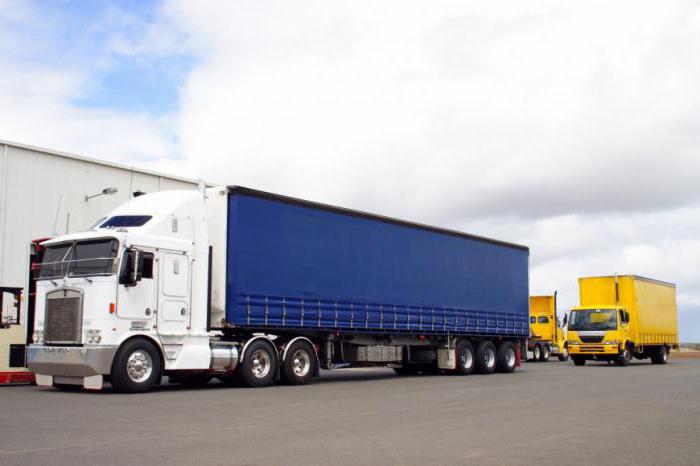
Non-payment of a fine
The practice of lawyers proves that it is almost impossible to challenge the decision to recover a fine. However, there is always such a likelihood, because the law does not prohibit the appeal of penalties applicable to the driver or owner of a vehicle. Given the penalty for overloading a car, it is advisable for its owner to at least make an attempt to note the punishment. An objection is given 10 days. The basis for appeal may be an incorrectly executed protocol or inaccuracy of weighing. Lawyers will help to understand this situation.
